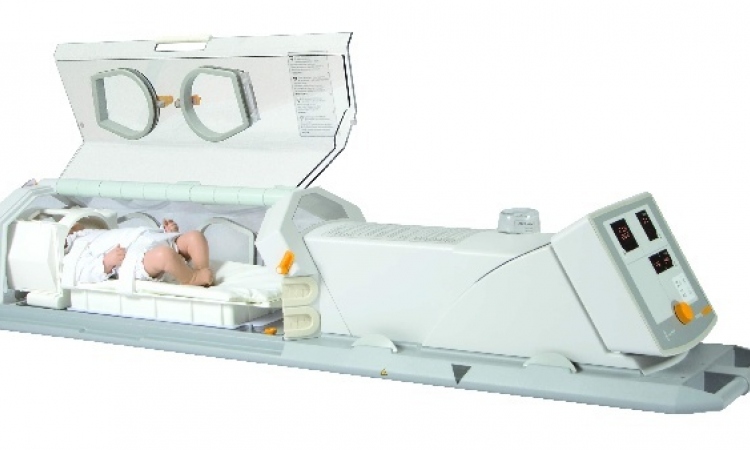

Applying the algorithm to 42 healthy controls and 89 controls with temporal lobe epilepsy disease tested specificity. Sensitivity was tested in an independent cohort of 23 cases with FCD (13 ± 10 years).
#Denville diagnostics mri manual
To evaluate performance, detection maps were compared to expert FCD manual labels. For risk stratification, the CNN incorporated bayesian uncertainty estimation as a measure of confidence. Images were initially deemed MRI-negative in 51% of patients, in whom intracranial EEG determined the focus.

We used clinically acquired 3-dimensional (3D) T1-weighted and 3D fluid-attenuated inversion recovery MRI of 148 patients (median age 23 years 47% female) with histologically verified FCD at 9 centers to train a deep convolutional neural network (CNN) classifier. To test the hypothesis that a multicenter-validated computer deep learning algorithm detects MRI-negative focal cortical dysplasia (FCD). Besta, Milan, Italy Department of Neurology (V.C.M.C., F.C.), University of Campinas, Brazil The Florey Institute of Neuroscience and Mental Health and The University of Melbourne (M.S., G.J.), Victoria, Australia Department of Pediatrics (D.V.S.), British Columbia Children's Hospital, Vancouver, Canada Aix Marseille University (F.B.), INSERM UMR 1106, Institut de Neurosciences des Systèmes Aix Marseille University (M.G.), CNRS, CRMBM UMR 7339, Marseille, France Freiburg Epilepsy Center (A.S.-B., H.U.), Universitätsklinikum Freiburg, Germany Department of Neurology (K.H.C.), Yonsei University College of Medicine, Seoul, Korea and Department of Neurology (R.E.H.), Washington University School of Medicine, St. Meyer-University of Florence, Italy Epilepsy Unit (F.D.) and Neuroradiology (L.D.), Fondazione IRCCS Istituto Neurologico C.


 0 kommentar(er)
0 kommentar(er)
